ANTONIN DE BEMELS
Brussels-based artist Antonin De Bemels works with diverse media including drawings, photography, texts and electronic music. In his still young oeuvre he reserves a prominent place for film and -especially - video. Strongly pronounced interests for electronic music, dance, and plain experiments are also present. De Bemels studied from 1993 to 1997 at the department of Communication and Narration of the Ecole de Recherche Graphique (ERG) in Brussels. The films that he made shortly before graduating already consisted of a questioning of the frame. They revealed a genuine fascination for the importance of single image and tried to unravel the meaning contained in an unmoving image. De Bemels films image by image with his super-8 camera, his instrument making automatic recordings depending on the light that it receives: the shutter-speed increases as the light source becomes brighter. Alongside a fascination for celluloid, texture and grain, and for the possibilities of the mechanics that the super-8 camera offers, De Bemels’s work is also very much concerned with the medium of video. As a matter of fact, the artist combines both: he digitalises the celluloid and treats it with the possibilities of digital editing.
Dance and video also share similar properties. Besides the ’dance video’ genre that formally evokes these affinities, the dancing body transverses the history of video. In 1999, De Bemels met American choreographer Bud Blumenthal: it would be the start of a close, enriching and fascinating collaboration. Together they have made three experimental dance videos - the so-called Scrub Solos (1999-2001) - and three dance performances in which video projections form an essential part of the performance. The fixed frame is central to the work: it offers the viewer the possibility to focus completely on the gesture, to zoom in on the unstable movements and the multiplication of the body. With the help of digital technology the artist works with his images as a DJ treats his records: he scratches, repeats and leaps through the fixed frame. Concretely this results in a multiplication of the body: the dancing gesture is suddenly interrupted, reversed and rewound and apparently repeated endlessly, sometimes resulting in almost hysterical figures. Alongside great interest in his video work De Bemels has also received significant interest in his sound work. In the framework of ’Brussel/ Bruxelles 2000’ he began making sound works, since which he has created soundtracks for contemporary dance performances and for his own videos. Additionally the artist often operates as a VJ with adventurous DJs and electronic sound artists.
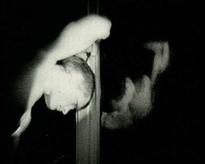
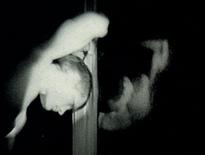
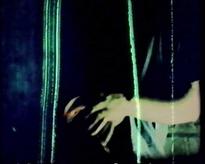
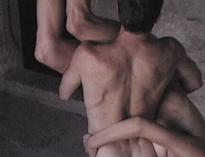
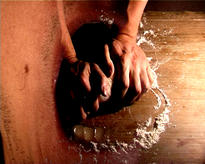
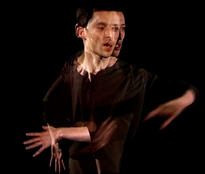
- ° 1975 Brussels (Belgium).
-
Links
-
EVENEMENTEN
-
At view in the media library
WERKEN